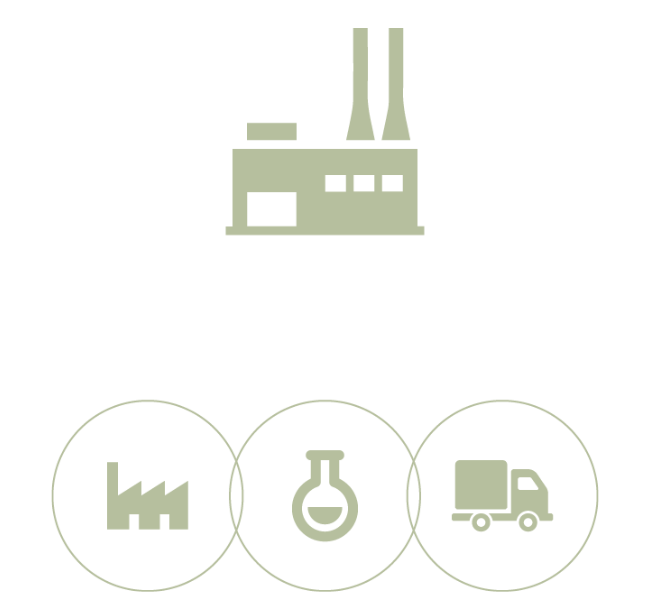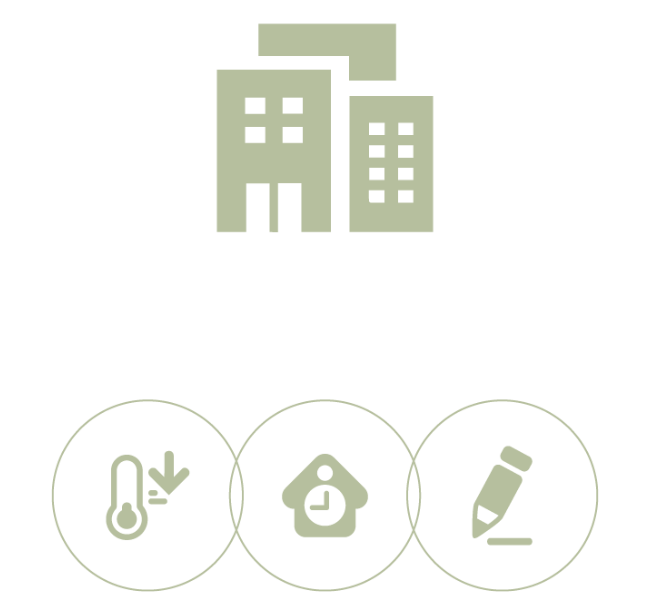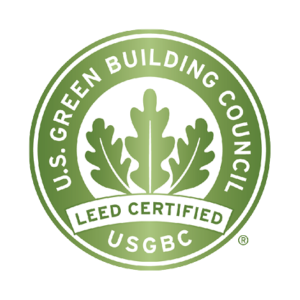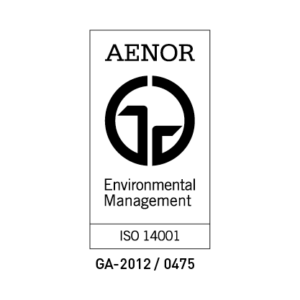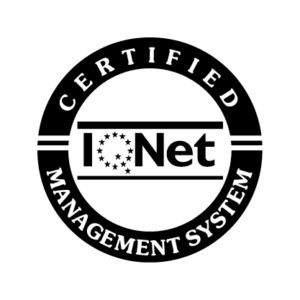Reserved area
Access
Password recovery


We have sent you your new temporary password.
You can change it from your friendlytile account profile.
Register
It’s not long now!

Check your mailbox, we have sent you a link to activate your user account.
Remember to activate it within 24 hours.
You are not registered yet
Reserved area
Access
Password recovery


We have sent you your new temporary password.
You can change it from your friendlytile account profile.
Register
It’s not long now!

Check your mailbox, we have sent you a link to activate your user account.
Remember to activate it within 24 hours.
You are not registered yet




